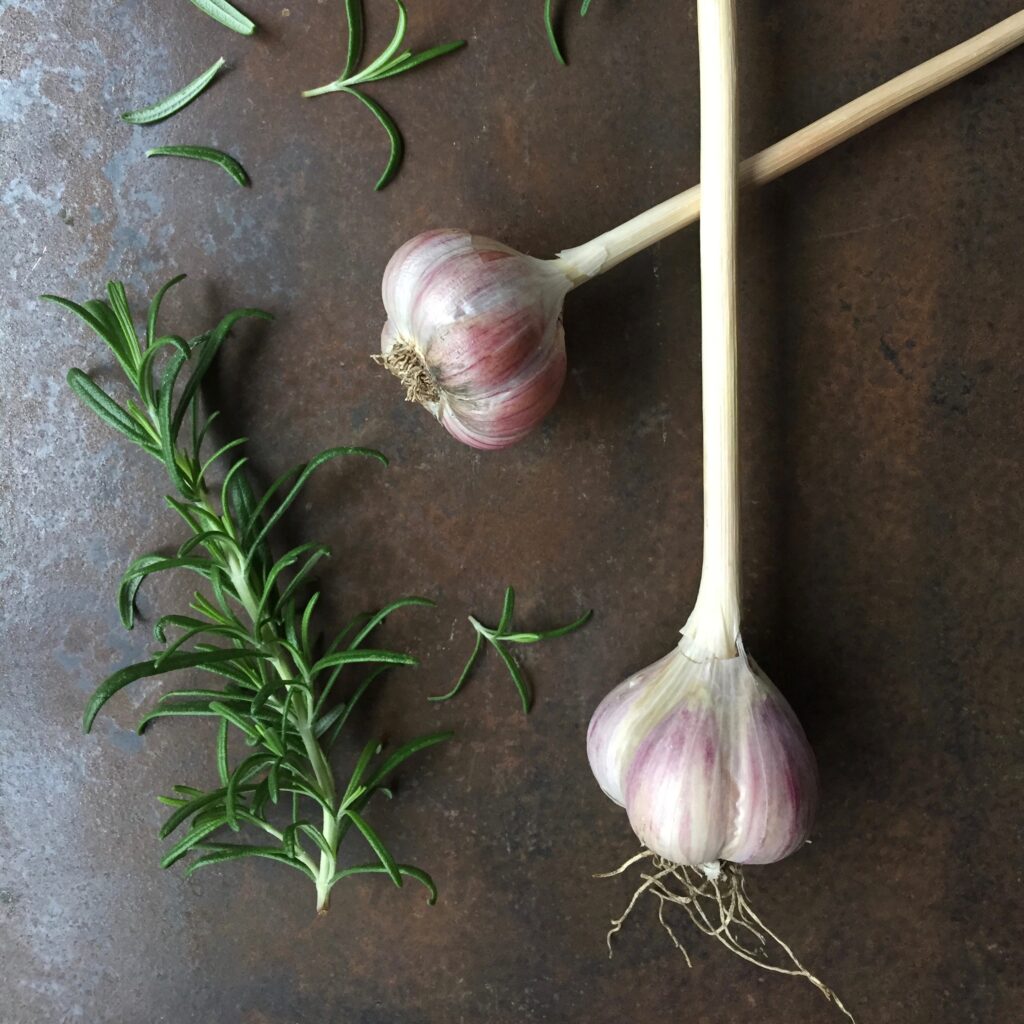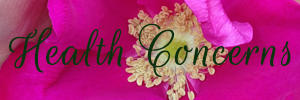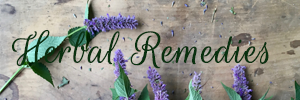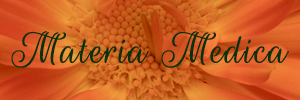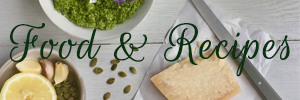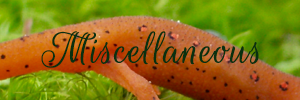With age and many diseases, our ability to maintain healthy circulation and inflammatory response can become compromised. Poor circulation and increased inflammation can then decrease our quality of life and increase the risk of various diseases as well as death from stroke, heart attack, or pulmonary embolism. These conditions can be complicated, multifactorial, and individual by the person; however, herbs may provide one way we can support our body to maintain optimal health. Many are easily incorporated into our diet!
Increased systemic inflammation and impaired circulation can be caused by and increase our risk of worse outcomes from heart disease, diabetes, COVID-19 and other acute infections, dementia and Alzheimer’s, cancer, Lyme, and chronic pain including arthritis. If you currently have any of these serious and sometimes life-threatening conditions, enlisting the support of a qualified holistic practitioner alongside your conventional care team will help ensure you get the most targeted care for you while reducing the risk of contraindications and herb-drug interactions. But if you’re thinking more preventively or only have a mild status, these herbs and holistic approaches may optimize your health to reduce your risks.
Increased Activity: First and foremost, a healthy lifestyle will have the most profound impact. Regular light to moderate exercise improves blood flow to bring in nutrients while removing waste, strengthens the cardiovascular and respiratory systems, lubricates joints, boosts mood, improves resistance to stress, and reduces inflammation. Start slow and consider professional guidance, especially if you are completely sedentary or in an acute disease state.
Anti-Inflammatory Diet: A nutrient-dense diet that emphasizes antioxidant and anti-inflammatory foods while de-emphasizes pro-inflammatory foods can also be tremendously supportive. There are many different types of healthy diets, and we each have unique needs. However, generally supportive foods include vegetables including leafy greens and vivid hues, berries, lean proteins, an emphasis on plants, and anti-inflammatory oils including olive, avocado, and wild fatty fish. Incorporate green tea (as long as there are no drug interactions), culinary spices, and herbs into your daily diet. Beans, nuts, seeds, whole grains, and wild- or pasture-raised meat are healthy for most people as well. Some folks feel better on a Paleo-style diet while others prefer (and most evidence supports) plant-centered vegan, vegetarian, and/or Mediterranean-diets. Some people may find nightshade family plants (potatoes, bell peppers, tomatoes, eggplant, etc.) worsen inflammation, but most do not. Sugar, processed food, alcohol (especially two or more drinks per night), factory farmed meat, and artificial ingredients aren’t good for anyone. It’s amazing how much difference a clean, health-promoting diet can make for overall health and wellbeing, especially in terms of inflammation and circulatory support!
Herbal Support
General Herbal Cautions
With all of these herbs, talk with a qualified healthcare provider to ensure they’re appropriate for you, ESPECIALLY if you have an overt or acute disease or are pregnant or breastfeeding. Double check for herb-drug interactions – many of these herbs could increase bleeding risk, lower blood sugar, and/or affect drug metabolism and excretion. Do not use them before surgery. Even though these remedies should support cardiovascular and blood vessel lining health, there is a theoretical risk that the potent blood-moving, anti-clot properties of many of these herbs taken in high doses abruptly could dislodge pre-existing plaque, increasing the risk of a heart attack or stroke. Get professional guidance if you’re concerned and also start with low doses and gradually build up, avoiding excessive doses.
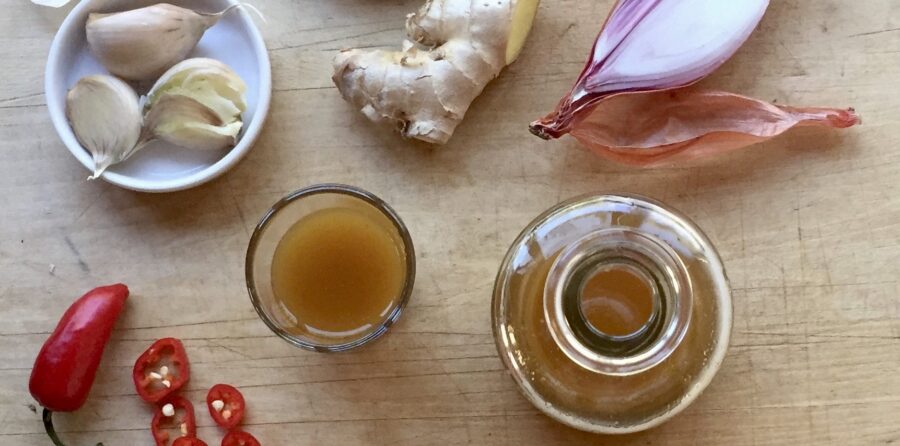
The ingredients of fire cider – garlic, ginger, onion, cayenne, etc. – are all warming, blood moving herbs.
Warming Blood Movers
Many herb and functional foods have pungent, spicy flavors and warming, circulation-enhancing activities. They tend to decrease inflammation and may also break down or discourage the production of arterial plaque as well as fibrin, a fibrous protein that that’s part of clots.
Garlic (Allium sativum): This potent medicine of the common folk has been relied on across the world for immune, cardiovascular, and overall health for centuries. Though inconsistent, studies suggest that it has mild blood pressure and cholesterol-lowering effects, but its cardiovascular tonic benefits are likely more broad, thin the blood and reduce or discourage arterial inflammation. Garlic also offers anti-microbial and potentially immune-stimulating or modulating effects, earning it monikers like “Russian penicillin” because of its use for infections in World War II when supplies of conventional antibiotics dwindled. While garlic in almost any form is good for you, its complex and volatile phytochemistry makes it difficult to pin down and preserve specific medicinal constituents in supplement form. Generally, it will be more potent raw or lightly cooked, especially if you crush it up, let it sit for five or ten minutes, then continue with your recipe. A few cautions: Raw garlic can be caustic on the skin or sensitive digestive systems (cooked or lightly cooked may be better tolerated). Due to garlic’s blood-thinning properties, do not use it alongside blood-thinning medications, before surgery, or in a clotting disorder without professional guidance. Garlic feeds gut microbiota; people who are sensitive to high-FODMAP foods might get gassy or bloated.
Ginger (Zingiber officinale): Warming things up a notch, ginger offers potent anti-inflammatory and circulation-enhancing properties in a tasty package that can be taken as pill, powder, tea, tincture, or in food. Fresh ginger offers more antiviral activity though ginger powder still offers many health benefits and tends to be hotter in its energetics. Consider it in cold stagnancy, during acute infections, and as a cardiovascular tonic. Like garlic, ginger seems to discourage the formation of fibrous tissue on the blood vessel lining as well as clots, helping to prevent platelets from sticking together, especially in high therapeutic doses. Clinical trials show benefits for many types of inflammation and pain, comparable to conventional medications for averting migraines and easing menstrual cramps; it may also reduce pain in rheumatoid and osteoarthritis. Ginger’s hot, spicy nature could be irritating to some people’s digestive systems; listen to your body and avoid it if it aggravates reflux or gastritis, and in acute ulcers.
Cayenne and Hot Peppers (Capsicum spp.) Cayenne and hot peppers have a long history in herbal medicine across the world to synergize formulas, increase vital energy, and bring heat to cold constitutions or conditions. Dr. Christopher and other Utah herbalists have traditionally used cayenne’s purported anti-clot activities to avert an oncoming heart attack. Although some population studies note that people who eat more hot peppers regularly have long lives and less heart disease; clinical trials are not available to confirm the benefits. But go slow! A handful case reports exist of otherwise healthy men of various ages experiencing hypertensive crisis and a heart attack shortly after consuming large quantities of hot peppers as food or supplement. Stick to food forms that you can taste versus pill forms.
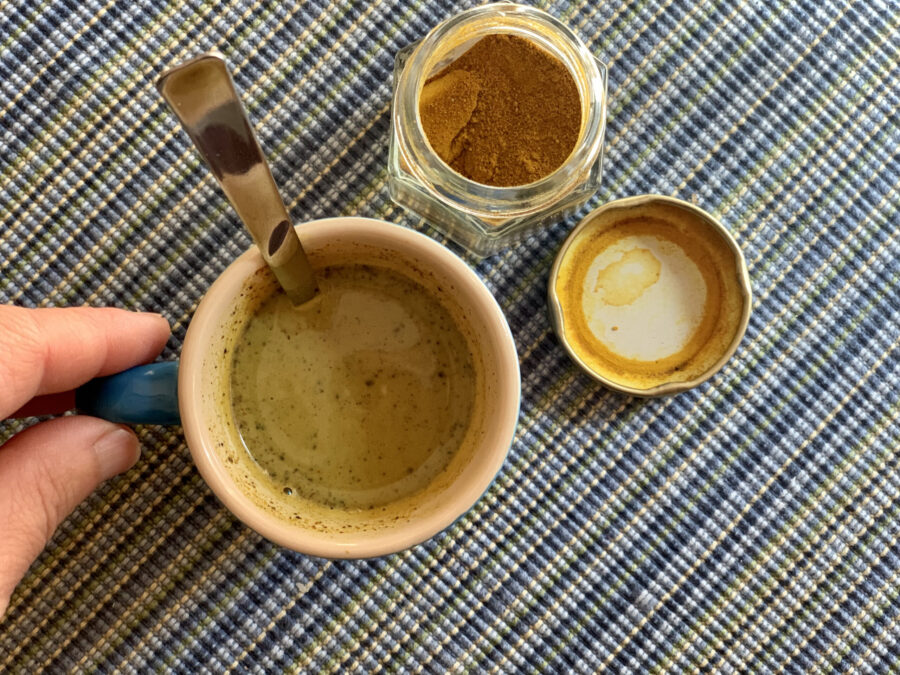
This espresso-sized golden milk is small and strong, featuring not only turmeric and black pepper but also freeze dried blueberry powder, ginger, cinnamon, plus a pinch of cardamom and nutmeg.
Classic Combos
- Trikatu: This spicy Ayurvedic trio of ginger, black pepper, and long pepper is used solo for digestive and circulatory support and also added to many formulas to synergize the other herbs’ effects.
- Fire Cider: This folk remedy, made famous by Rosemary Gladstar, infuses apple cider vinegar and optional honey with fresh chopped ginger, garlic, onions, hot peppers, black peppercorns, and horseradish (and any other ingredients you like, such as cinnamon, turmeric, citrus, and/or rosemary). Enjoy by the spoonful or shot glass and incorporate into recipes like salad dressing or splashed into soup. See specific recipes at wintergreenbotanicals.com/fireciderrecipes.
- Golden Milk: Turmeric and a pinch of black pepper in warmed fatty milk (cow, coconut, oatmilk, etc.), lightly sweetened, can easily be expanded to include cinnamon, ginger, and/or a pinch of nutmeg and cardamom. Powdered freeze dried blueberries blend nicely as well.
- Dietary Supplements frequently combine rosemary, turmeric, and ginger for inflammation support, or hawthorn, garlic, and cayenne for heart support. Other popular combos include turmeric and ginger. Ginger and cinnamon. Ginger, cinnamon, and turmeric.
- Green Tea and Ginger makes a delicious morning beverage. Gotu kola and/or holy basil make lovely additions for focus and calm energy.
- Fresh Rosemary and Lemon infused in hot tea makes for an invigorating sipper during your work day or after a heavy meal. Add some fresh ginger to warm it up a notch.
- Ginger-Honey-Lemon Tea, made with fresh ingredients, is classic for the cold cold and flu. Also try it with cinnamon sticks or rosemary sprigs.
- Healing Soups and Broth often incorporate these herbs and pungent foods. Consider them in chicken soup (also known as “Jewish penicillin”), Vietnamese pho, Thai tom kha kai, Chinese ginger soup, spicy Sichuan dandan noodle soup, spicy Indian curries, etc.
Turmeric (Curcuma longa) regular use in Indian as well as Okinawan cuisine is attributed to these communities’ low rates of Alzheimer’s and dementia. This bright yellow super spice also supports cardiovascular health, liver detoxification and protection, healthy inflammatory response, reduced pain, and possibly also better COVID-19 outcomes. Due to widespread adulteration – including with potentially toxic dyes – make sure to purchase from reputable companies. It can be taken as a pill (many formulations exist to enhance bioavailability) or high-proof alcohol tincture, but it’s most popular incorporated into food including golden milk beverages and curry-based sauces. It’s more fat- than water-soluble, and spices like black pepper and ginger enhance its impact and bioavailability.
Cinnamon (Cinnamomum spp.) is most famous for improving insulin sensitivity to reduce blood sugar in people who have type 2 diabetes (particularly early stages) and insulin resistance. It’s a potent antioxidant and anti-inflammatory herb that also supports blood vessel tone, circulation, and mild blood pressure reduction, and it tastes delicious in food, tea (use sticks or chips to limit the slime factor of cinnamon’s mucilage), or added to golden milk. Cinnamon is a bit astringent and high in tannins, which may aggravate constipation and dryness in some people at high or regular doses. Some experts are concerned about the naturally occurring coumarins in cinnamon – when isolated they can be liver toxic and therapeutic cinnamon doses could theoretically provide problematic coumarin levels. I suspect this isn’t really of concerns: I’ve yet to see a single case report or evidence in trials from cinnamon in spite of widespread use and research. Cassia cinnamon (C. cassia as well as closely related Indonesian C. burmannii) tend to be more medicinally potent and astringent, but they also contain higher levels of coumarins. Ceylon “sweet” or “true” cinnamon (C. verum, formerly called. C. zeylandicum) is less astringent and has fewer coumarins but also tends to be less medicinally potent.
Rosemary (Rosmarinus officinalis, recently renamed Salvia rosmarinus) is yet another potent antioxidant, anti-inflammatory, circulation-enhancing culinary herb. Like ginger and cayenne, it has profound blood-moving activity yet it lacks their intense heat. This grease-cutting herb improves digestion and helps fight oxidated lipids (like cholesterol) in the bloodstream and may enhance blood vessel tone. It has brain-supportive and neuro-protective properties well studied for perky alert focus and cognition, particularly in older adults. I like to imagine it clearing the cobwebs of inflammation and oxidation in the brain and bloodstream. Though dried rosemary has benefit, fresh rosemary in food, tea, or tincture is more vibrant. You can also inhale the fresh plant or essential oil. Less is more – low, food-like doses work better than high doses and can synergize other herbs in formula. I particularly enjoy it combined with fresh lemon, grapefruit, or ginger in tea or seltzer.
Prickly Ash Bark and Sichuan Peppercorns (Zanthoxylum spp.) impart a surprising numbing, tingly action on the tongue. Shortly after ingesting them, you’ll feel that tingly, circulation-enhancing action spread to your fingers and toes. This potent circulation enhancing plant is often used in small amounts to support peripheral circulation and to synergize blends by enhancing their delivery throughout the body.
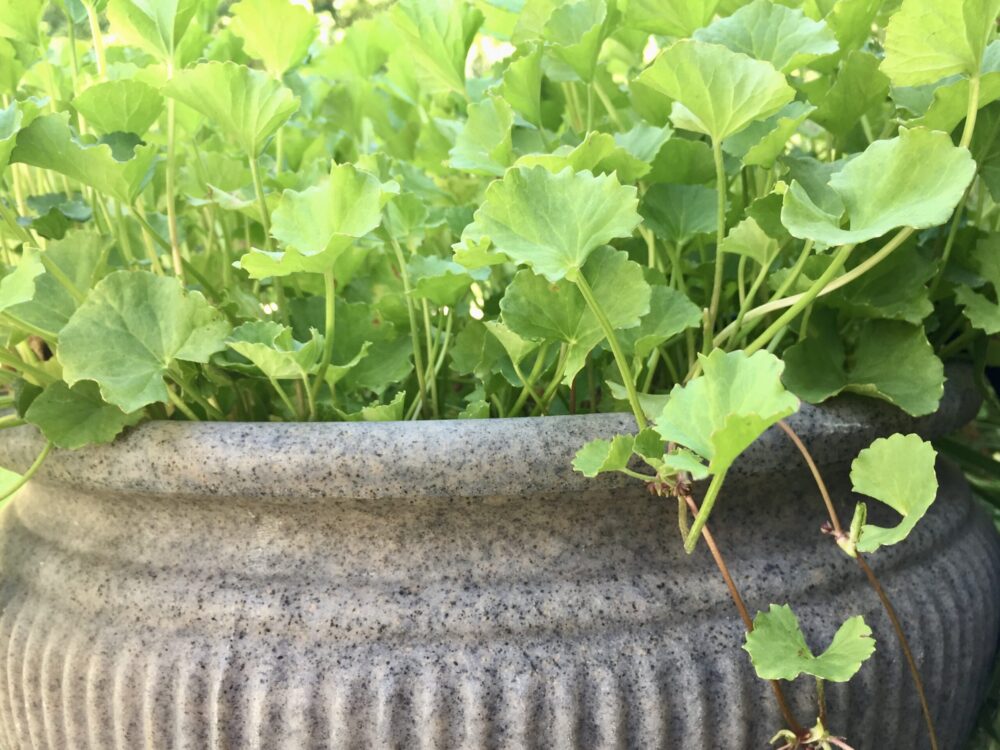
As herbalist David Winston often says, our cooling and vegetal gotu kola is helpful when tissues are “red, hot, and inflamed” including blood vessels.
Cooling & Restorative Tonic Herbs
Now let’s switch gears to herbs and foods that have more cooling, toning, tonic, and restorative actions for the circulatory system and other body tissues. Even though the energetics of these herbs is quite different from the warming herbs listed above, they can often be combined in formula to balance each other out.
Blueberries and Blue-Hued Herbs and Foods are rich in anthocyanin and anthocyanidin pigments and related flavanols and polyphenols that offer a host of therapeutic benefits including neural and cognition support, blood vessel tone, blood sugar support, anti-aging effects, eye health, and cardiovascular wellbeing. Alongside including the blueberries, consider aronia berry (also called chokeberry), hibiscus flowers, mulberries, butterfly blue pea flowers, dark purple grapes/juice, and pomegranate/juice. Consume them several times a week (or day!) for the most benefit as 100 percent pure juice or concentrate (read the back label to ensure they’re not diluted with sugar or sugary juices like pear, white grape, apple), freeze-dried fruit or powder, fresh, frozen, and dried tea herbs. Opt for organic whenever possible to avoid herbicides and pesticides which are particularly problematic for cognitive wellbeing.
Hawthorn Berries, Leaves and Flowers (Crataegus spp.) are rich in blue pigment precursors called oligomeric proanthocyanidins (OPCs or PCOs) as well as other polyphenols that have particular affinity for the heart and vascular system. Regular use may improve the heart’s pumping capacity, modulate or lower blood pressure, ease tachycardia, angina, reduce myocarditis (with a history of use post-infection), support people with congestive heart failure, and other cardiovascular situations. Hawthorn indirectly supports the brain and cognitive function and has overall anti-inflammatory antioxidant actions. Hawthorn is generally safe and well tolerated, food-like, and best in high, concentrated doses as pill, solid extract, jam, concentrated syrup, fruit leather, etc. Seek professional guidance and go slowly if combining it with heart medications – it may increase the effects of blood pressure drugs and digoxin.
Ginkgo (Ginkgo biloba) leaf’s shape and venation looks a bit like the two halves of the brain and the connected nerves, and in fact it’s best known for supporting brain function as we age and in early stages of dementia. Ginkgo leaf’s main actions include improving microcirculation to improve blood flow to the brain and throughout the body and acting as an antioxidant to fight oxidative damage, particularly in neural pathways and the tiny blood vessels known as capillaries. It blends well with gotu kola, hawthorn, turmeric, and/or rosemary in formulas but is most effective and safest as a standardized extract, typically available in pill form. It dilates and tones blood vessels but may cause a dull frontal headache when you begin taking it.
Gotu Kola (Centella asiatica) is sometimes called brahmi (which may also refer to Bacopa monnieri) in some parts of India and pennywort across Southeast Asia. It’s best known for improving brain and neural health, particularly with high regular doses juiced, eaten fresh or cooked as a leafy green, strong tea, or in a concentrated extract pill. However, gotu kola is broadly beneficial with mild adaptogenic and anxiety-easing properties, circulation enhancing, blood vessel toning, and healing or vulnerary to many different tissues. It promotes healing and integrity of collagen, wounds, blood vessels, and nerves. David Winston particularly recommends it for tissues that are “red, hot, and inflamed.” Market gotu kola tends to be low quality and potentially contaminated with fecal bacteria (its enjoys hot, damp, rich soil including sewage sludge), so ensure a quality source or consider growing your own.
Additional Thoughts
These are just some of the many herbs that may support folks who are looking for daily tonics to support and avert inflammation and circulation. A few others to consider include omega 3 fatty acids from wild fatty fish or fish oil (blood-thinning, anti-inflammatory, neural-protective, anti-oxidant), ashwagandha (adaptogenic, deeply and calming yet energizing, mood-boosting, anti-inflammatory, immune modulating), reishi (mild adaptogen and calmative, restorative, supports the lungs and oxygen utilization, blood thinning, anti-inflammatory, immune modulating), holy basil (calming adaptogen, nervine, hypoglycemic, anti-inflammatory, immune protective and modulating), green or white tea (cardiotonic, hypoglycemic, anti-inflammatory, antioxidant, energizing), cacao and dark chocolate (energizing, cardiometabolic support, blood vessel toning), cordyceps (energizing, improved oxygen utilization, immune modulatory), red sage (danshen) roots (circulatory enhancement), and black pepper (circulatory enhancement, synergist, and more).
Clinical herbalist Maria Noël Groves sees clients and teaches classes at Wintergreen Botanicals Herbal Clinic & Education Center in Allenstown, New Hampshire.
The statements made on this blog have not been evaluated by the FDA and are not intended to diagnose, prescribe, recommend, treat, cure, or offer medical advice. Please see your health care practitioner for help regarding choices and to avoid herb-drug interactions.
The article originally appeared in the (now defunct) Herb Quarterly magazine.

